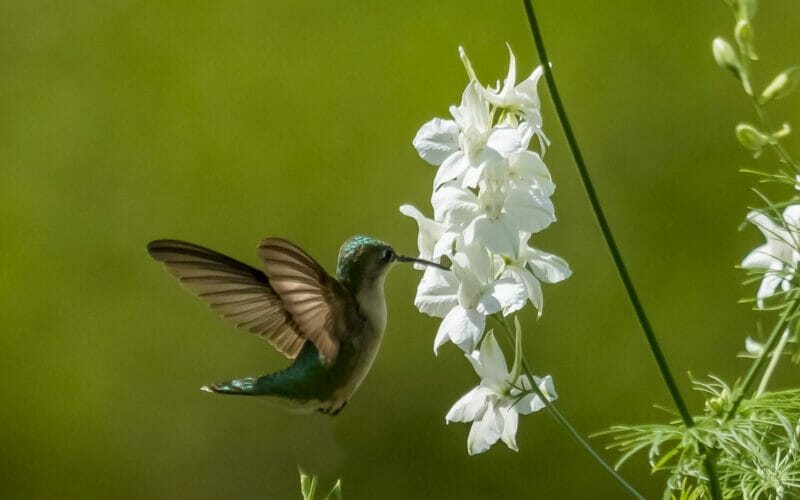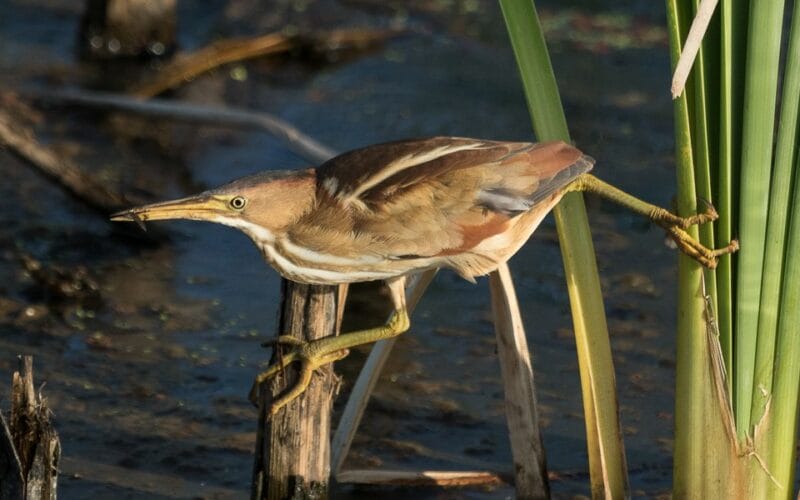According to the ABA (American Birding Association) there are 99 families of birds in North America and 1,133 individual species. In this post we are looking through those families and finding examples of blue birds. We have discounted any exotics or escapee sightings.
There are 19 families that contain blue or partly blue colored birds and we have chosen one bird from each family.
Blue-winged Teal (Spatula discors)

Family – Anatidae
Status – Least Concern
Distribution – Across continental United States
Call
Purple Gallinule (Porphyrio martinica)
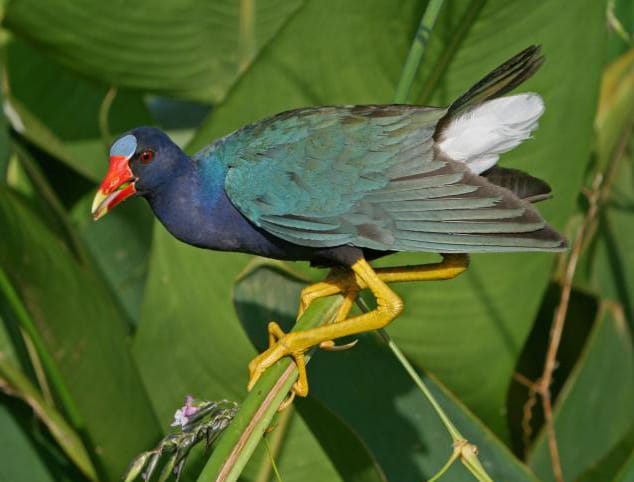
Family – Rallidae
Status – Least Concern
Distribution – South eastern continental United States spreading along the south
Call
Mottled Petrel (Pterodroma inexpectata)

Family – Procellariidae
Status – Near Threatened
Distribution – Off the Pacific west coast
Call
Blue-footed Booby (Sula nebouxii)
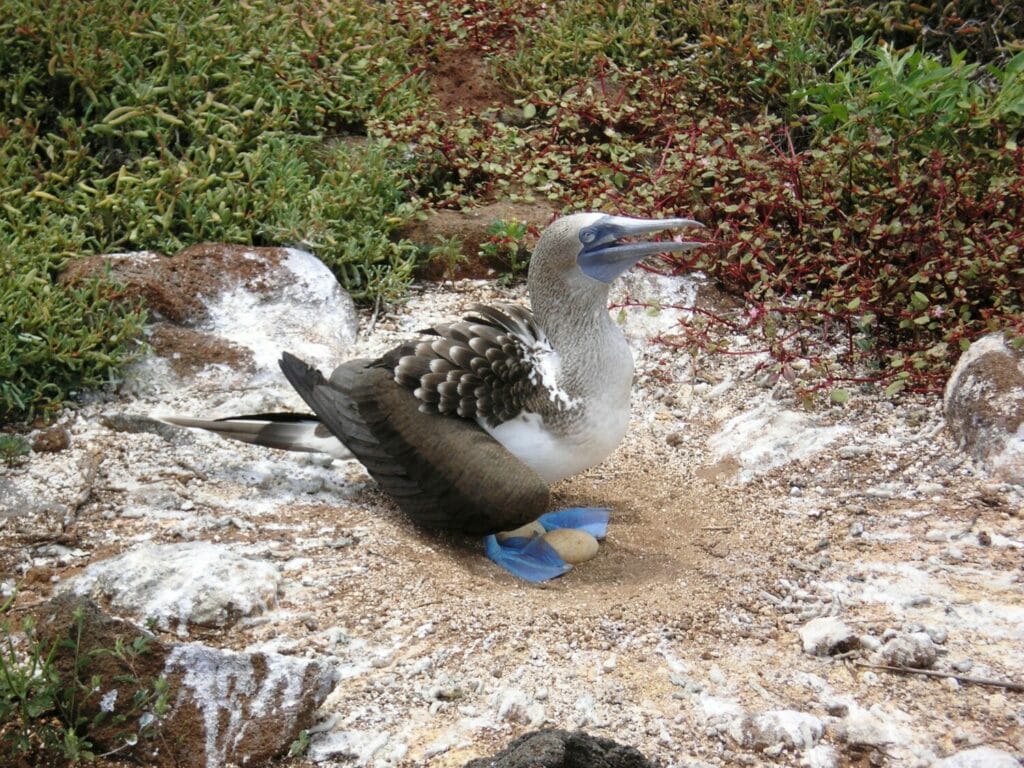
Family – Sulidae
Status – Least Concern
Distribution – South west coast, mainly around the Gulf of California
Call
Great Blue Heron (Ardea herodias)
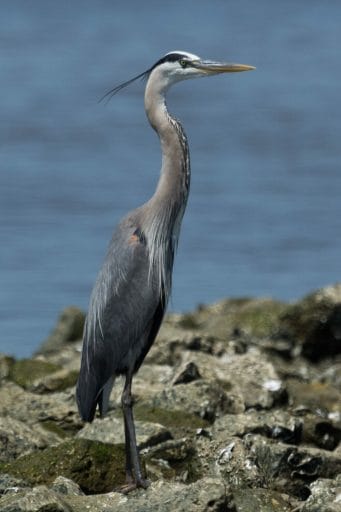
Family – Ardeidae
Status – Least Concern
Distribution – Across continental United States
Call
Belted Kingfisher (Megaceryle alcyon)
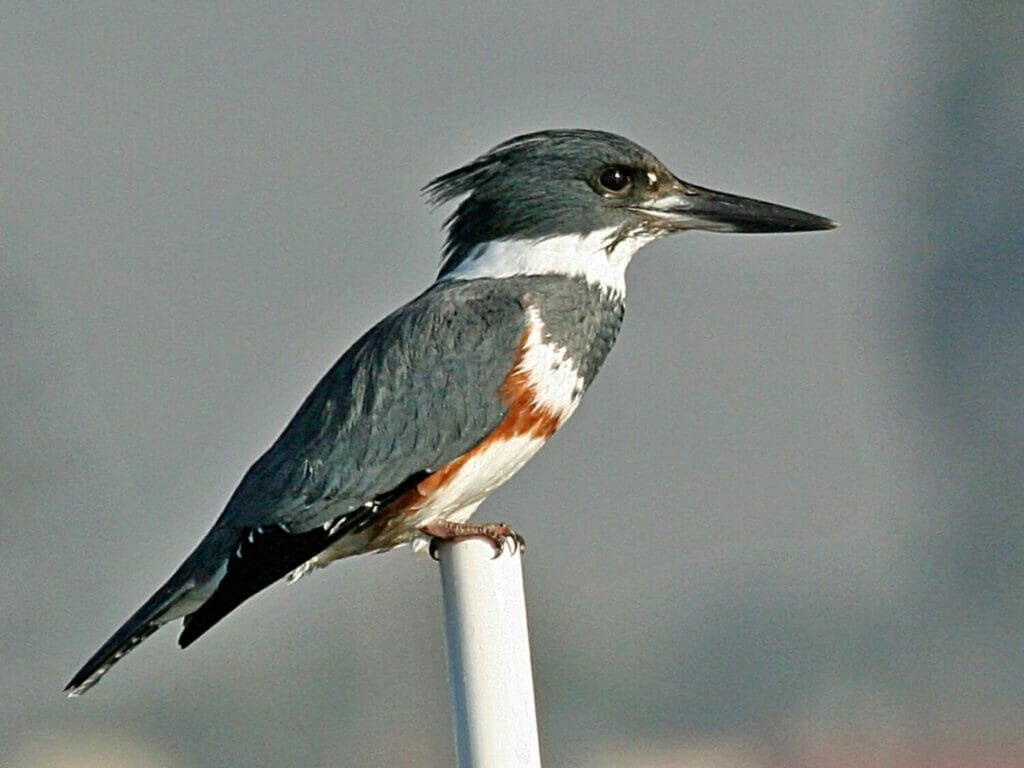
Family – Alcedinidae
Status – Least Concern
Distribution – Across continental United States
Call
Peregrine Falcon (Falco peregrinus)
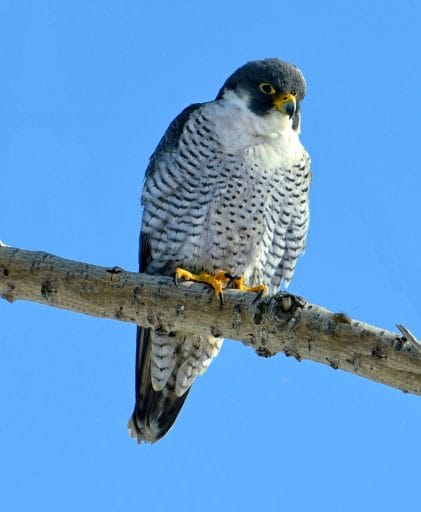
Family – Falconidae
Status – Least Concern
Distribution – Across continental United States
Call
Blue-headed Vireo (Vireo solitarius)

Family – Vireonidae
Status – Least Concern
Distribution – Across eastern parts of continental United States
Call
Blue Jay (Cyanocitta cristata)

Family – Corvidae
Status – Least Concern
Distribution – Across continental United States
Call
Tufted Titmouse (Baeolophus bicolor)

Family – Paridae
Status – Least Concern
Distribution – Across eastern parts of continental United States
Call
Barn Swallow (Hirundo rustica)

Family – Hirundinidae
Status – Least Concern
Distribution – Across continental United States and parts of Alaska
Call
White-breasted Nuthatch (Sitta carolinensis)

Family – Sittidae
Status – Least Concern
Distribution – Across continental United States
Call
Blue-gray Gnatcatcher (Polioptila caerulea)

Family – Polioptilidae
Status – Least Concern
Distribution – Across continental United States
Call
Blue Mockingbird (Melanotis caerulescens)

Family – Mimidae
Status – Least Concern
Distribution – Occasional sightings in southern Arizona, New Mexico and Texas
Call
Eastern Bluebird (Sialia sialis)
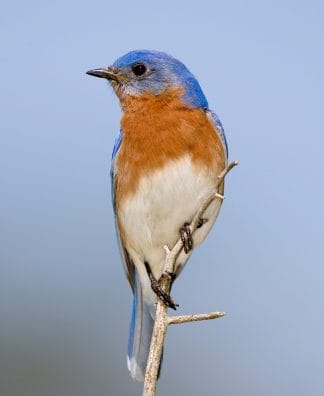
Family – Turdidae
Status – Least Concern
Distribution – Across eastern and central parts ofcontinental United States
Call
Red-flanked Bluetail (Tarsiger cyanurus)
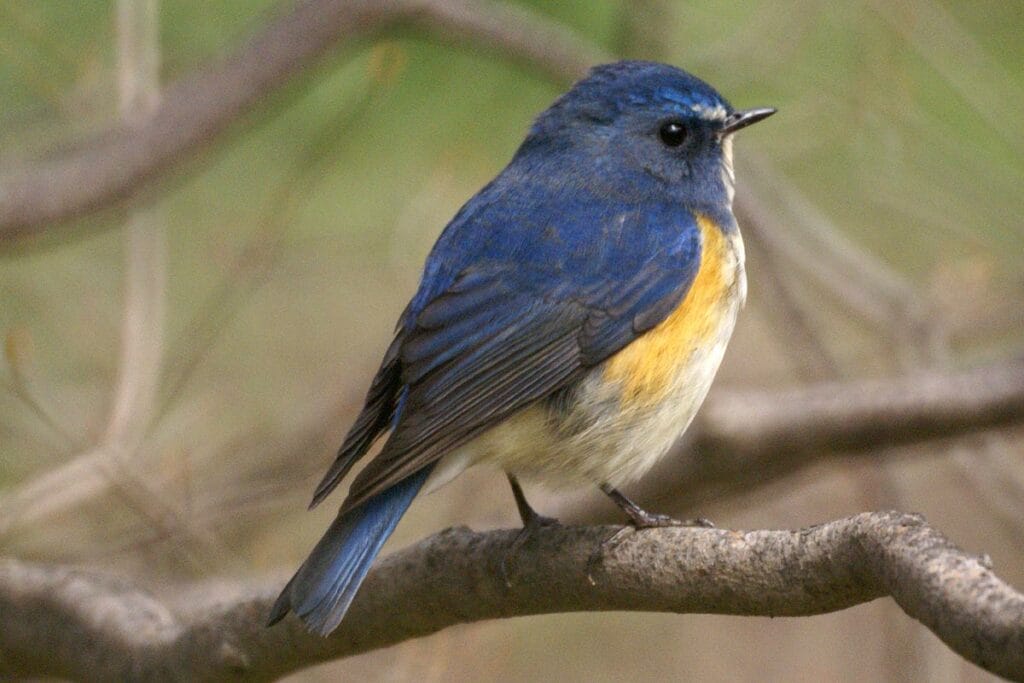
Family – Muscicapidae
Status – Least Concern
Distribution – Limited sightings along the Pacific west coast
Call
Indigo Bunting (Passerina cyanea)
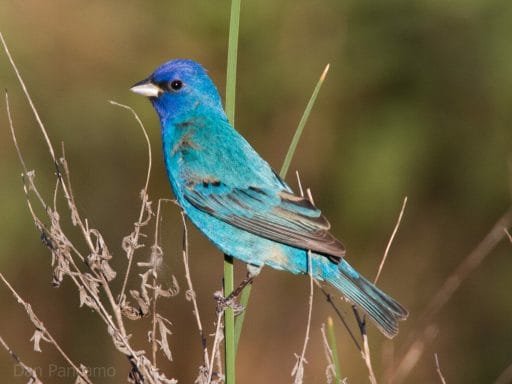
Family – Cardinalidae
Status – Least Concern
Distribution – Across continental United States, concentrated in the south east
Call
Cerulean Warbler (Setophaga cerulea)
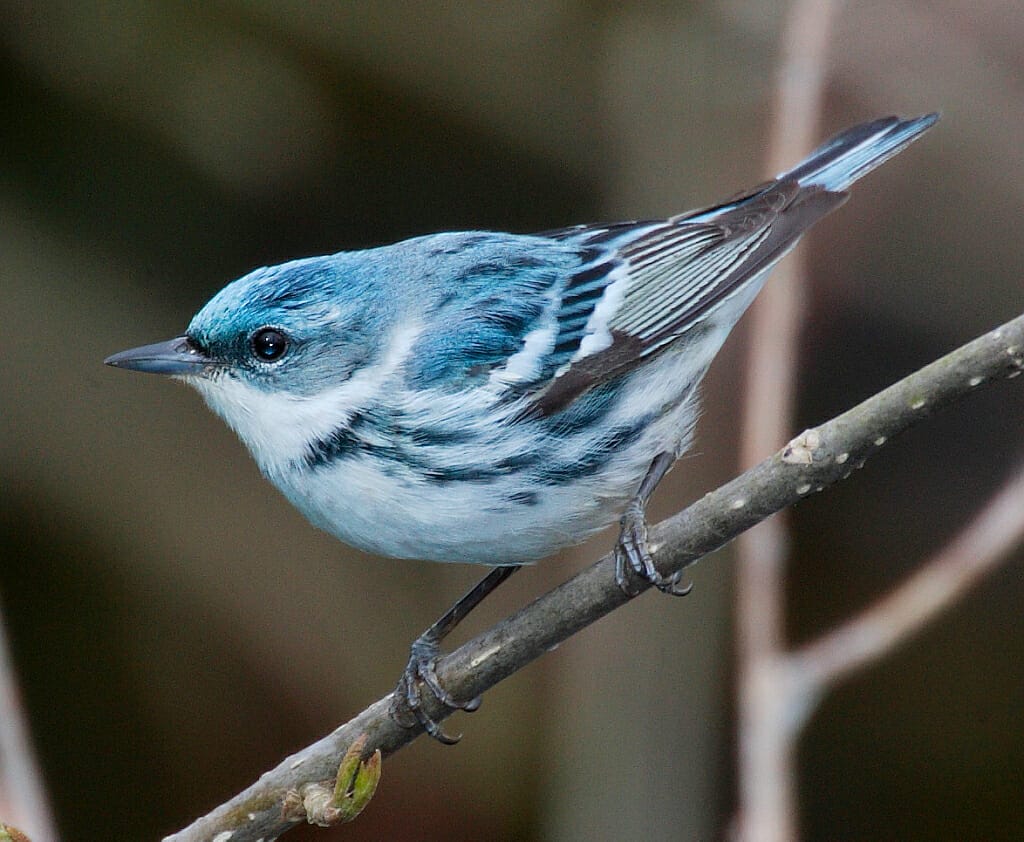
Family – Parulidae
Status – Near Threatened
Distribution – Migratory to south eastern parts of continental United States
Call
Blue Bunting (Cyanocompsa parellina)

Family – Cardinalidae
Status – Least Concern
Distribution – Limited sightings along the south western coast of Texas
Call
There are some stunning birds on our list. Interesting that the majority of them are of least concern status. Maybe there is an inherent success in being a blue bird!
FAQ
Birds do not actually have blue feathers. The chemical composition of their feathers means that when light waves hit them, they are refracted and because of the way we see light waves they appear blue.
The most common and well known is the Eastern Bluebird. There is also the Western Bluebird and the Mountain Bluebird.
That is the Indigo Bunting. It does look like a finch but it is a member of the Cardinalidae family along with cardinals, tanagers and other buntings.





